Approaching Deadline to Submit Comments to Department of Justice on Web Accessibility of State and Local Government Entities
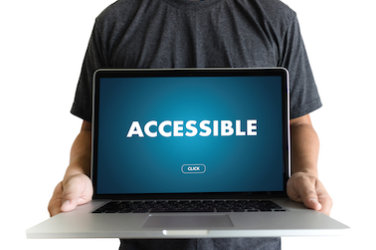
August 8th is the deadline to submit comments to the Department of Justice (DOJ) Supplemental Advance Notice of Proposed Rulemaking (SANPRM) titled Nondiscrimination on the Basis of Disability; Accessibility of Web Information and Services of State and Local Government Entities. In other words, the DOJ is looking for comments on the regulation implementing title II of the Americans with Disabilities Act (ADA) that applies to accessibility of State and local government entities on the web.
Big Step in Access to Television for People with Hearing Disabilities in Colombia
Last March, the Colombian TV National Authority (ANTV) made official the rules for implementation of access systems for the content transmitted on public TV for people with hearing disabilities.
FCC Proposes to Expand Video Description Rules
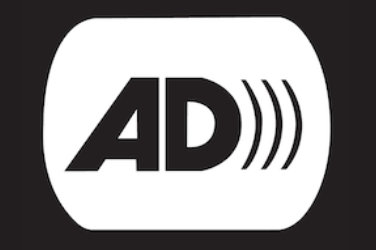
On March 31st, the Federal Communications Commission released proposed changes to video description rules “…to expand the availability of -- and consumer access to -- video described programming.”
Amazing Facebook Artificial Intelligence Technology to Describe Pictures
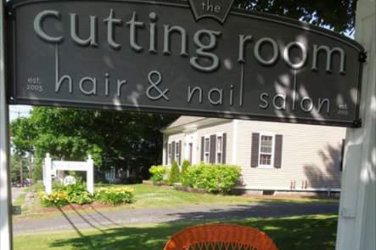
On April 4th, Facebook launched their new object recognition technology that provides a description of pictures posted on their platform. They call this technology “automatic alternative text.”
New Deadline Approaching for Captioning of Archival Internet Video Programing

As a part of the incremental enforcement of captioning of internet video programming, a new deadline arrives on March 30, 2016. Distributors of video programming that they have uploaded to the Internet and is later shown on TV with captions, will have 15 days, after the date the programming is first shown on TV with captions, to add captions to it.
Homage to Norman
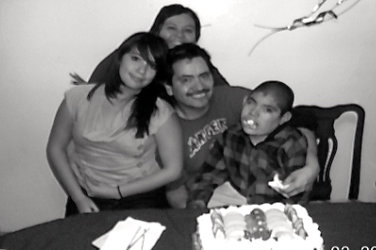
By María Victoria Diaz
I had the luck of seeing up close the strength of love and family. It is the kind of love that you don’t see much and makes us ask ourselves if it is an invention of poets or of Disney’s magic.
Colombian Ministry Announces Completion of Dicapta Foundation Project
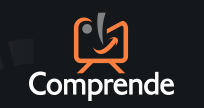
Last month, the Colombian Ministry of Information and Communications Technologies (ICT) announced the completion of the Dicapta Foundation project, “Colombia Comprende.” This project and three others were funded by the Colombian Ministry of ICT jointly with the Ministry of Culture, through the program, “Crea Digital 2014.” See the press release at the Ministry of ICT.
Widening of Closed Captioned In-Flight Entertainment Coming Soon
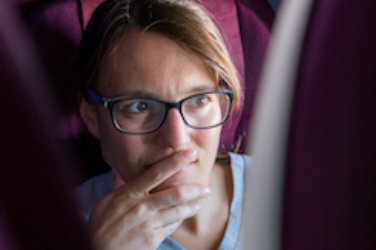
It’s always good to find a variety of movies and TV programs available when you’re flying. However, for deaf and hard of hearing people it must be very frustrating not to be able to access closed captioning, especially when they know that some of the movies and TV programs on the flight have already been captioned.
Recent Updates on Accessibility of Emergency Information on Television

Last November, the Federal Communications Commission – FCC - announced that beginning on November 30, 2015, “video programming distributors (VPDs) must ensure that their televised emergency information is conveyed aurally through the use of a secondary audio stream, when such information is conveyed visually during programming other than newscasts.”
